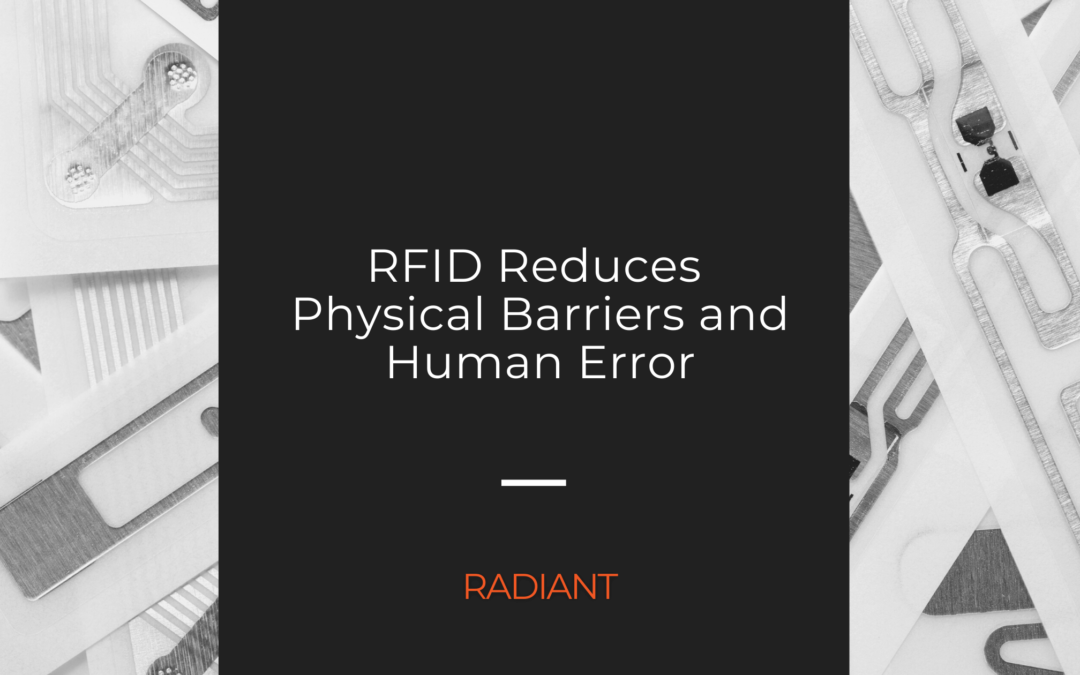Oftentimes, we focus on the day-to-day uses of Radio Frequency Identification (RFID) for asset tracking. In fact, the most common reason our customers choose our RFID asset tracking software is to inventory large numbers of high-value physical assets more quickly and efficiently than legacy or manual methods. From devices to furniture to equipment, RFID achieves this by greatly reducing physical barriers and human error.
However, with data increasingly accessible from and stored on smaller devices like phones and tablets, intellectual property can more easily exit a company without being detected. What happens when a laptop with sensitive data leaves a facility? Who is the first to know, and how is he or she alerted in time to address any issues? Is hardware monitoring centralized?
Case in Point: One of our higher education customers recently experienced this when a state-funded laptop exited a campus building in a would-be thief’s bag. By using Radiant’s RFID asset tracking system, the administrator was able to quickly determine which device was missing, its last-seen location, and match the timestamp with the perpetrator’s ID badge. The device was recovered without compromising data.
Today’s passive RFID systems provide multiple uses with one infrastructure for much less cost than active RFID technology. In addition to inventory tracking, customers can enhance security using the same fixed RFID readers for door-level access control and asset tags that alert administrators when they are removed from devices. In addition, an IoT portal administrator can set auto-notification when a tagged asset passes through designated areas. A creative strategy can enhance an organization’s security protocols with as much – or as little – visibility to workers.
The Evolution Of Asset Tracking
Because they each use label type tags for tracking devices, many people think that barcodes and RFID are the same. In reality, RFID is a more powerful and efficient technology. Line of sight and single-read limitations prevent barcode technology from providing substantial gains in efficiency. The application of RFID technology in asset management solutions allows for the reading of multiple RFID tags at one time without requiring a line of sight.
The evolution of asset tracking technology has made taking inventory faster and more efficient. In the beginning, metal ID plates allowed personnel to more easily identify key items. Of course, one still had to read them individually, and human error in data capture limited effectiveness.
The ubiquitous bar code automated the process and allowed people to scan individual items using a handheld scanner. RFID is the next generation of technology and allows users to scan multiple items at one time and does not require line of sight. Unlike barcodes, RFID systems, including Passive RFID tags, readers, and software, enable personnel to locate tagged items in real-time without climbing ladders, crawling under desks, or having to be in a direct line of sight.
Learn more about our asset tracking solutions and contact us today!
Last Updated on August 4, 2022 by Radiant

